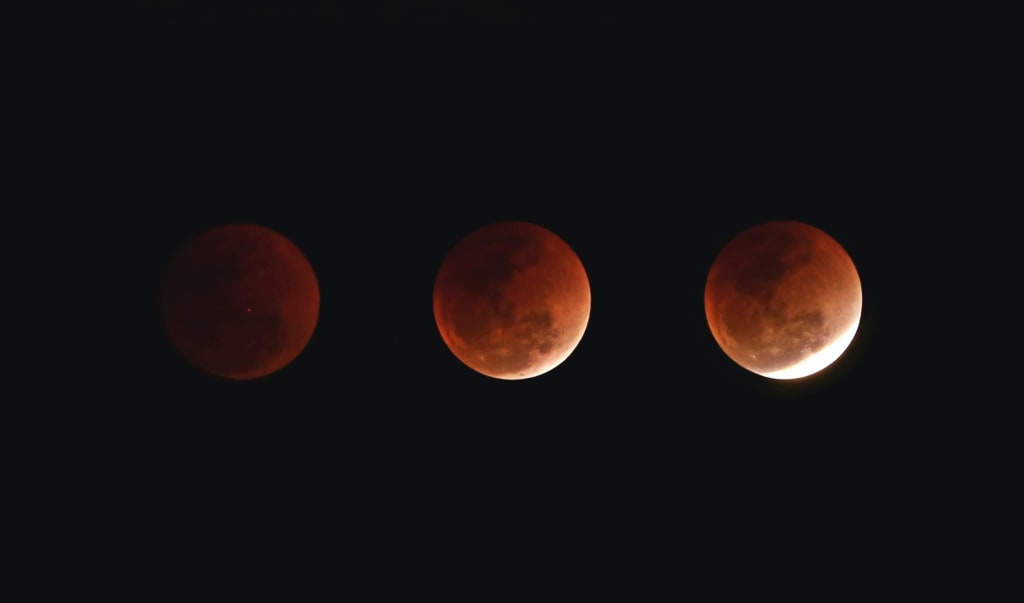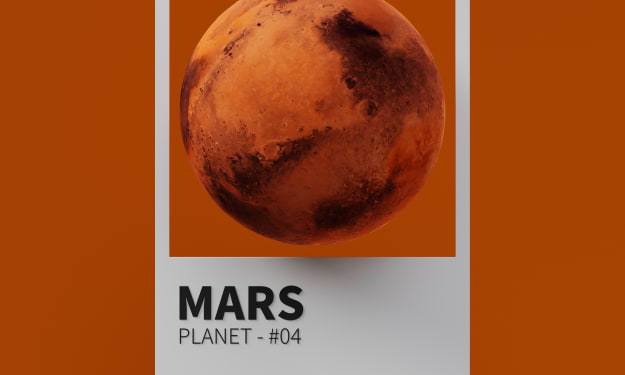"The Chilly Illusion: Unmasking the Cold Reality of Mars' Deceptive Warmth."
The fact that Mars may look warm but it's very cold.

Introduction:
Mars, with its rusty-red surface and a landscape that echoes the arid deserts of Earth, might deceive casual observers into thinking of it as a warm and inviting planet. However, the reality that lies beneath the visual façade is a stark contrast—a world that is not just cool, but downright frigid. In this exploration, we delve into the deceptive warmth of Mars, unraveling the chilly truths that define its climate, atmosphere, and surface conditions.
Chapter 1: The Sunlit Mirage.
The illusion of warmth on Mars often stems from its visual resemblance to desert landscapes on Earth. The surface of Mars is adorned with rusty hues, courtesy of iron oxide, or rust, which gives the planet its characteristic reddish appearance. When bathed in the Sun's rays, the landscape may evoke a sense of warmth akin to Earth's deserts.
However, appearances can be deceiving. The temperature on Mars is profoundly influenced by its thin atmosphere and its distance from the Sun, creating a cold reality that belies the initial visual warmth.
Chapter 2: Atmospheric Thinning: The Cold Embrace.
Mars' atmosphere, though composed primarily of carbon dioxide, is remarkably thin compared to Earth's. The atmospheric pressure on Mars is about 0.6% that of Earth's at sea level. This thin atmosphere contributes significantly to the planet's inability to retain heat.
On Earth, the atmosphere acts as a thermal blanket, trapping the Sun's warmth and regulating temperatures across the planet. In contrast, Mars' sparse atmosphere allows heat to escape rapidly into space, resulting in temperature extremes that make the planet distinctly cold.
Chapter 3: The Dance of Temperature Extremes.
Mars experiences a wide range of temperatures, with variations influenced by factors such as time of day, season, and location on the planet. Daytime temperatures near the equator can reach a relatively mild range of 70°F (20°C) during the warmest part of the day. However, as soon as the Sun sets, temperatures plummet dramatically, often dropping to minus 195°F (minus 125°C) or even lower.
In the colder regions and during winter, temperatures can become even more extreme, reaching as low as minus 195°F (minus 125°C) in some areas. This dance of temperature extremes reveals the inhospitable nature of Mars, where survival without proper equipment is an insurmountable challenge.
Chapter 4: Cold Surface, Icy Features.
The surface conditions on Mars contribute to its overall cold demeanor. Frozen carbon dioxide, commonly known as dry ice, forms at the polar ice caps during the planet's winter, adding an icy layer to the landscape. Water ice, though present in some regions, remains frozen due to the chilly temperatures.
Martian winters see the formation of frost and snow, covering the landscape with a layer of frozen carbon dioxide and water ice. These icy features, far from the cozy image of Earthly snow, underscore the cold reality of Mars.
Chapter 5: The Red Chill of Martian Dust.
Mars is also known for its extensive dust storms that can engulf the entire planet. While the dust itself does not significantly contribute to temperature regulation, the storms have a chilling effect by blocking sunlight from reaching the surface. The Sun, already less potent at Mars' greater distance, becomes further subdued during these storms, exacerbating the cold conditions.
The dust particles in the atmosphere also contribute to Mars' reddish hue, further enhancing the illusion of warmth. However, the reality is that these dust storms, with their cooling effect, reinforce the planet's inhospitable climate.
Chapter 6: Perseverance in the Cold.
Human exploration of Mars requires resilience in the face of its cold reality. Robotic missions, like NASA's Perseverance rover, are equipped with advanced technologies to withstand extreme temperatures and navigate the challenging Martian terrain. These missions provide invaluable data about the planet's climate, geology, and potential for past or present life.
Perseverance, as it explores the Jezero Crater, where it landed in February 2021, faces the frigid Martian nights and temperature fluctuations with sophisticated thermal systems designed to protect its sensitive instruments from the cold.
Conclusion:
The apparent warmth of Mars, a visual illusion drawn from its rusty landscape, belies the cold reality that defines the Red Planet. The thin atmosphere, temperature extremes, icy features, and chilling dust storms collectively paint a portrait of a world inhospitable to Earthly life as we know it.
As we unravel the deceptive warmth of Mars, the frigid truths that emerge invite us to appreciate the challenges and complexities of exploring and understanding our neighboring planet. The cold reality of Mars, wrapped in its reddish hues, continues to captivate scientists, engineers, and dreamers alike as we persevere in our quest to unlock the mysteries of the Martian landscape and, perhaps, glimpse the potential for life beyond our own celestial home.





Comments
There are no comments for this story
Be the first to respond and start the conversation.